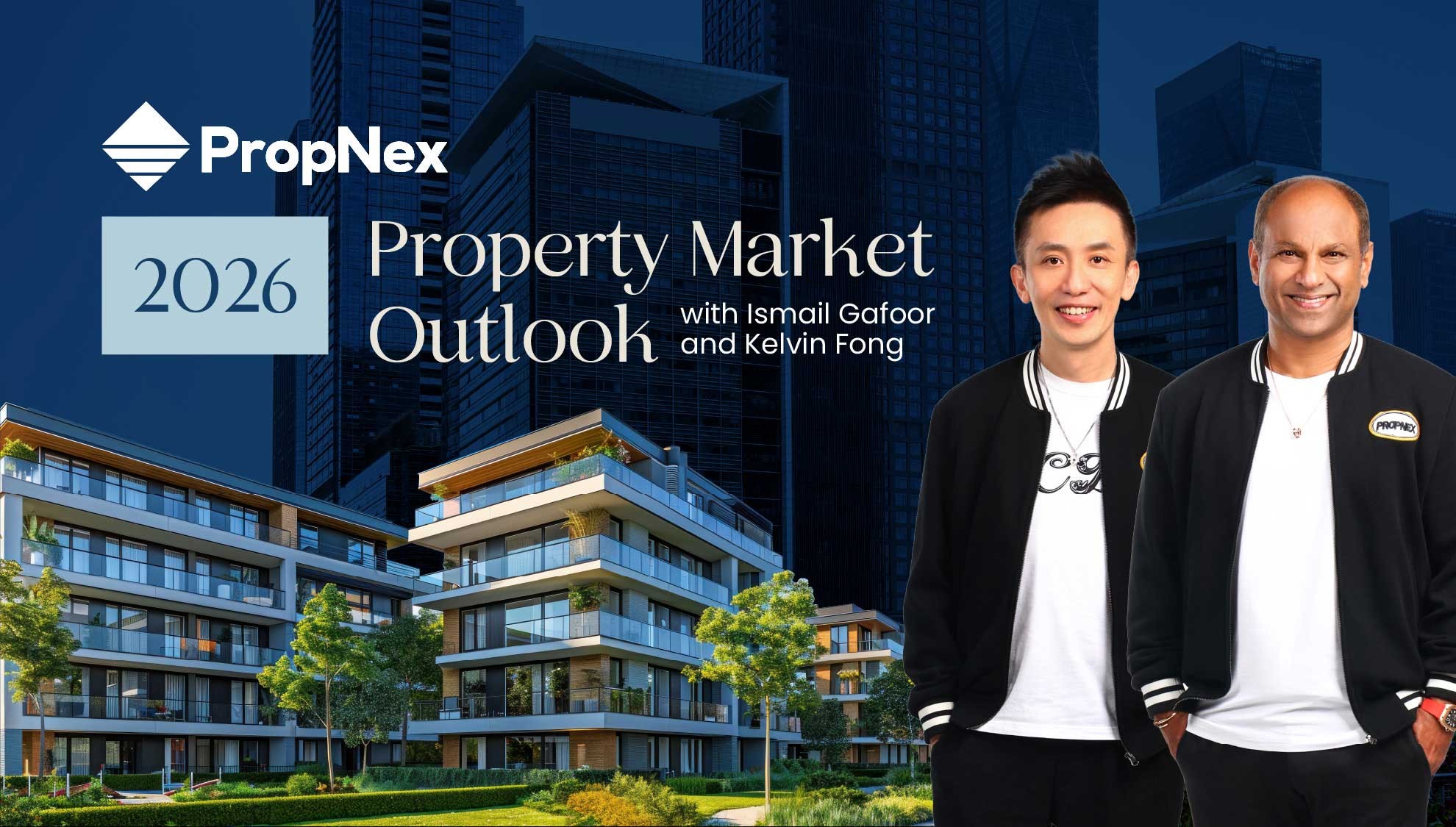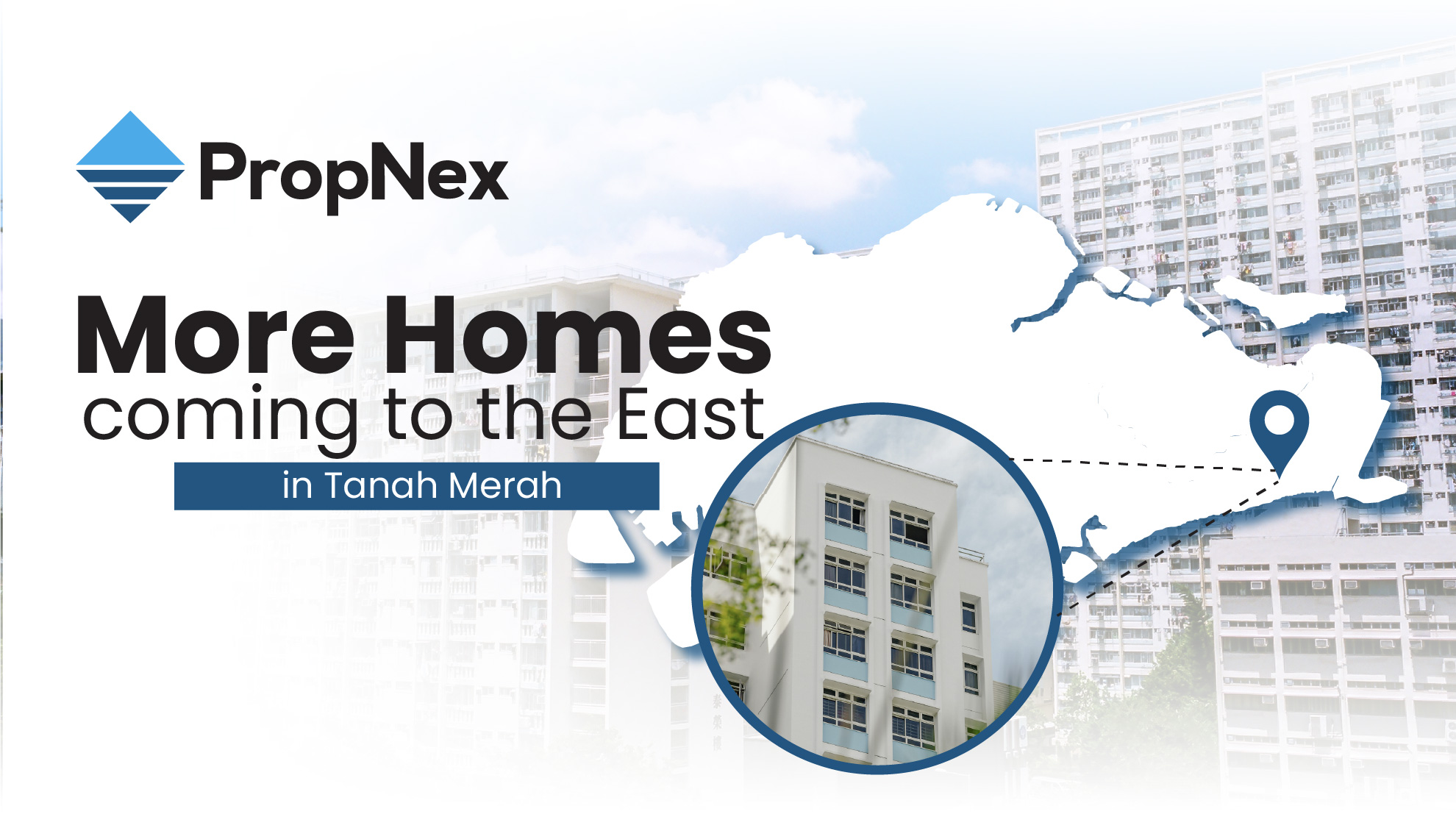Save Money When You Smartify Your Home

Everything in life is rising, from the global temperature to the average cost of living. In fact, SP Group recently revealed that households will see a 0.3% increase in their electricity prices for the next three months due to rising energy costs.
GetSolar, one of Singapore's leading solar panel providers, conducted a survey in May to learn about Singaporeans' lifestyle habits and how they affect their average electricity bills. It was revealed that one of the most significant drivers for increased electricity bills among households is the use of air conditioning. With the rise in adoption of hybrid work and the rising temperature in Singapore, homeowners are turning on the aircon more frequently and for longer hours.
If you are a homeowner feeling that pinch of reality, then I might have just the solution for you - smart home devices. Now, before you disregard them as expensive and redundant, this article might change your mind.
A smart home refers to a living space that utilises electronic appliances and devices connected to the internet. Also known as home automation, the smart setup allows homeowners to be able to control the respective devices and appliances remotely via their smartphones.
Singapore homes have witnessed an incredible change over the past decade with the advancement in smart home technology. The thing is that most families in Singapore, in some way, incorporate smart appliances in their life. These could be in the form of smart locks, robot vacuums, and even air-con that can be controlled through a mobile device. However, a smart home takes smart integration and automation to the next level, connecting every appliance and device together through a single platform.
Smart homes are becoming a norm in new launches, with many developers advertising that in their ads. This shift in direction is part of the green plan that the government has for the nation. Smart home devices are meant to boost the efficiency and quality of your life. However, more than that, they help to enhance your home's energy efficiency, resulting in significant money savings over time.
Here are three smart home devices that you can consider for a start.
#1: Smart plugs
Smart plugs are a great and easy way to make your home smart. They can smartify even non-smart devices through standard electrical sockets, integrating them with your smart home network. Basically, the smart plug is connected to your home's WiFi, which allows you to turn the connected appliance or device on or off, monitor energy usage, and set schedules. For example, you can programme your coffee maker in such a way that it begins brewing right before you wake up.
Many household appliances, such as your TV, consume a significant amount of energy in standby mode. This "phantom load" which can be up to 5W, affects your electricity bill. Smart plugs typically consume approximately 1W in standby mode while completely cutting off the electricity to the connected devices. Smart plugs can range anywhere from as low as $10 to as high as $200. That being said, going for the more expensive options does not equate to better savings. You just need to use them correctly.
#2: Smart lights
Smart lights are one of the most common smart devices homeowners get when getting associated with smart homes. You can access them remotely via their app. Some smart light brands even have the ability to detect when you are home, turning itself on automatically.
Another thing is their ability to allow homeowners to change the temperature and colour of the light, making them a great way to create mood and ambience in your home. That being said, they are only operational as long as the main light switch is turned on; which means that if the main light switch controlling the specific light is turned off, your smart light is rendered useless.
Smart lights, which utilise LEDs, consume less electricity. They consume 75% less energy than traditional incandescent light bulbs, which are about 30% less efficient than fluorescent light bulbs. Additionally, they also last longer. A smart light's average lifespan is about 15,000 to 50,000 hours, which is significantly longer than fluorescent light (10,000 to 15,000 hours) and incandescent light (750 to 2,000 hours). This means you spend less on changing new bulbs.
Did you know that the brightness and colour of your light does affect your overall energy consumption? By being able to dim your lights, you can reduce their power usage.
#3: Robot vacuum cleaners
Definitely not this kind of robot! But don't we all secretly want something similar?
However, with the advancement of technology, there is quite a broad range of robot vacuum cleaners available on the market, each with features tailored to different cleaning needs and budgets.
Vacuums have evolved significantly. You do not have to get off your couch to get rid of any unwanted particles in your house. Most robot vacuums come with A.I. technology that are able to detect things, such as pet hair, dust, and any little debris. Some even come with mopping and steaming functions, taking a step further into maintaining the cleanliness of your home.
You may be wondering how they help you save money. Simply, time is money. The more time you can save on less important matters, the more time you have to invest in more important matters. Most robot vacuums are self-sufficient, operating autonomously or according to how you program them, returning back to their charging dock when they are out of juice. Some models even have the ability to clean and empty after themselves.
With the use of integrated smart devices and appliances, homeowners are able to be more efficient and sustainable in terms of energy usage. With just a single application or system, homeowners can control their homes easily. Left your house and realised that you did not turn off your living room lights? Do not worry. Just turn it off from where you are with your phone. This means that you do not have to worry about wasted energy.
The report as mentioned at the start of this article also revealed that 90% monitor their electricity expenses through their monthly bills, while the remaining 10% rely on technologies, such as mobile apps and smart metres, to track real-time usage. This shows that there is a growing awareness on proactive tracking and management of electricity usage.
That being said, the results of your savings can only be felt in the long term.
As the ageing reality hits Singapore, the government has begun to introduce various initiatives that enhance the convenience and accessibility for the elderly and individuals with disabilities, such as installing personal alert buttons (PAB) at the homes of senior residents at selected rental blocks. There is also the HDB Smart Enabled Home Initiative, which offers peace of mind for families who have elderly loved ones living alone. With the help of a variety of smart home applications and devices, such as motion sensors, the system will learn the daily life of their aged loved ones, notifying the family should any irregularities surface.
Many new launch projects have over recent years incorporated smart home designs as a development standard. An example would be The Tapestry, which is located at Tampines Street 81. The private condo development TOPed in 2021 and was the first residential project to integrate Amazon Alexa, giving residents access to smart home features that can be triggered via voice activation such as smart locks, air-cons, and lights.
Another example would be The Visionaire, which is located at Sembawang. The EC TOPed in 2018 and was the first smart EC where residents are able to remotely control every appliance and electronic devices in their home through the hiLife app. This includes their fridge, smart lights, air-cons, digital locks, a smart IP camera, and a motion sensor.
We are starting to see many property types integrating smart home features, such as Sora and The Myst. With the number of homes adopting smart technologies expected to reach 1.5 million by 2028, the evolution of smart homes is not just about bragging rights or futuristic aesthetics. It is a genuine and straightforward journey to financial benefits, both direct and indirect.
As technology continues to advance rapidly and our government heading towards a more digital-friendly society, investing in a smart development project or integrating smart devices into your home can ensure that your lifestyle is "future-proof".
That is why it is so crucial that PropNex adopt the same perspective. Such technological investment underscores PropNex's commitment to driving digital transformation and setting new industry standards. With millions of dollars invested into PropTech development, our salespersons are equipped with industry-leading tools that provide real-time property market analysis, allowing them and you to achieve better clarity, thus making better informed decisions in your property purchases.
Views expressed in this article belong to the writer(s) and do not reflect PropNex's position. No part of this content may be reproduced, distributed, transmitted, displayed, published, or broadcast in any form or by any means without the prior written consent of PropNex.
For permission to use, reproduce, or distribute any content, please contact the Corporate Communications department. PropNex reserves the right to modify or update this disclaimer at any time without prior notice.












